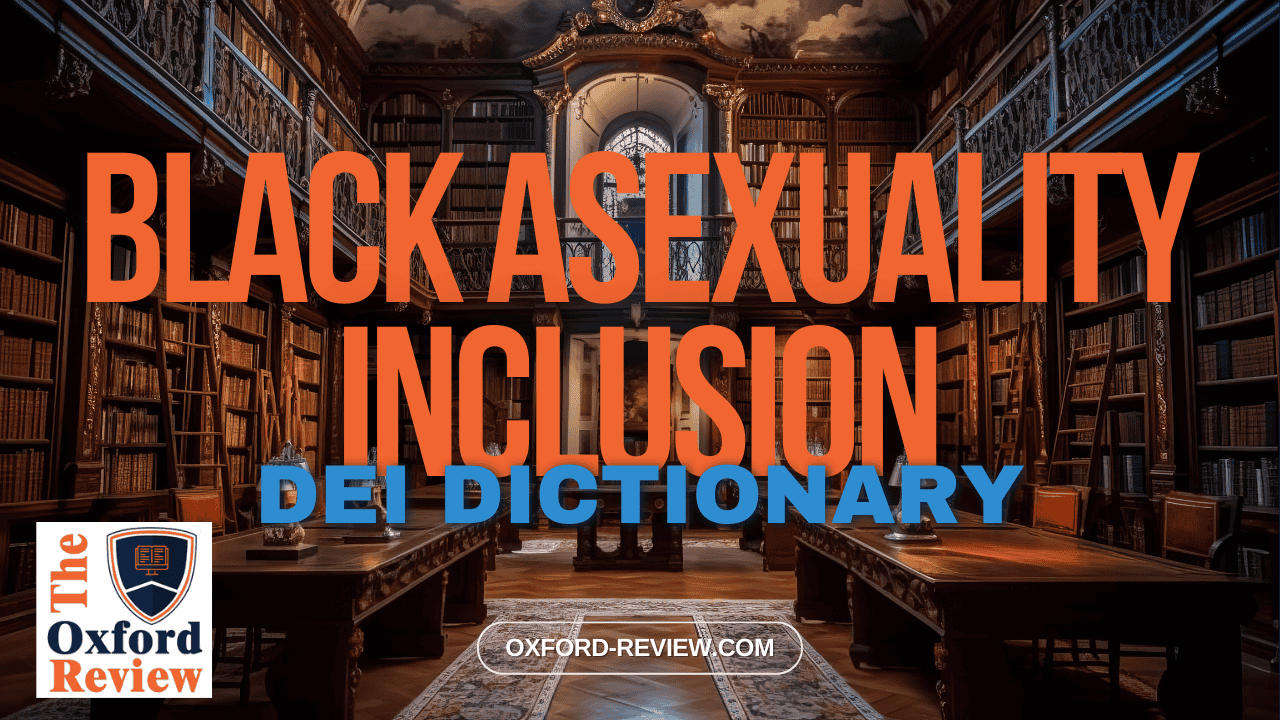Black Asexuality Inclusion – Definition and Explanation

Definition:
Black asexuality inclusion refers to the intentional effort to create spaces, policies, and practices that acknowledge and respect the unique experiences of Black individuals who identify as asexual. It aims to validate their identities, eliminate discrimination, and ensure they have equitable access to resources, opportunities, and representation.
Understanding Asexuality in the Black Community:
Asexuality is a sexual orientation characterised by a lack of sexual attraction to others. Despite being a part of the LGBTQIA+ spectrum, asexuality is often overlooked or misunderstood. Within the Black community, where conversations around sexuality can be complex and nuanced, Black asexual individuals may face additional challenges due to intersecting identities.
Examples:
- Representation in Media: One example of Black asexuality inclusion is advocating for more accurate and positive representation of Black asexual individuals in media. This can include featuring Black asexual characters in movies, TV shows, and literature to help normalise their identities and experiences.
- Educational Workshops and Resources: Organising workshops and providing educational resources specifically tailored to address the intersection of Blackness and asexuality can also promote inclusion. These resources can offer insights into the unique challenges faced by Black asexual individuals and provide support and community for those seeking it.
- Policy Advocacy: Advocating for inclusive policies within institutions, workplaces, and communities is crucial for Black asexuality inclusion. This can involve implementing non-discrimination policies that explicitly protect individuals based on both their race and sexual orientation, as well as ensuring equitable access to healthcare, housing, and other essential services.
- Support Networks: Creating support networks and safe spaces specifically for Black asexual individuals can foster a sense of belonging and solidarity. These networks can provide emotional support, community building opportunities, and advocacy platforms for addressing issues relevant to Black asexual individuals.
Conclusion:
Incorporating Black asexuality inclusion into DEI efforts is essential for creating truly inclusive environments that honor the diversity of human experiences. By recognising and validating the identities and experiences of Black asexual individuals, we move closer to building a more equitable and just society for all.
By prioritising Black asexuality inclusion, we take a crucial step towards creating a world where everyone, regardless of their race or sexual orientation, feels seen, heard, and valued.
Remember, inclusion is not just about diversity; it’s about actively embracing and celebrating it.
Be impressively well informed

Get the very latest research intelligence briefings, video research briefings, infographics and more sent direct to you as they are published
Be the most impressively well-informed and up-to-date person around...
